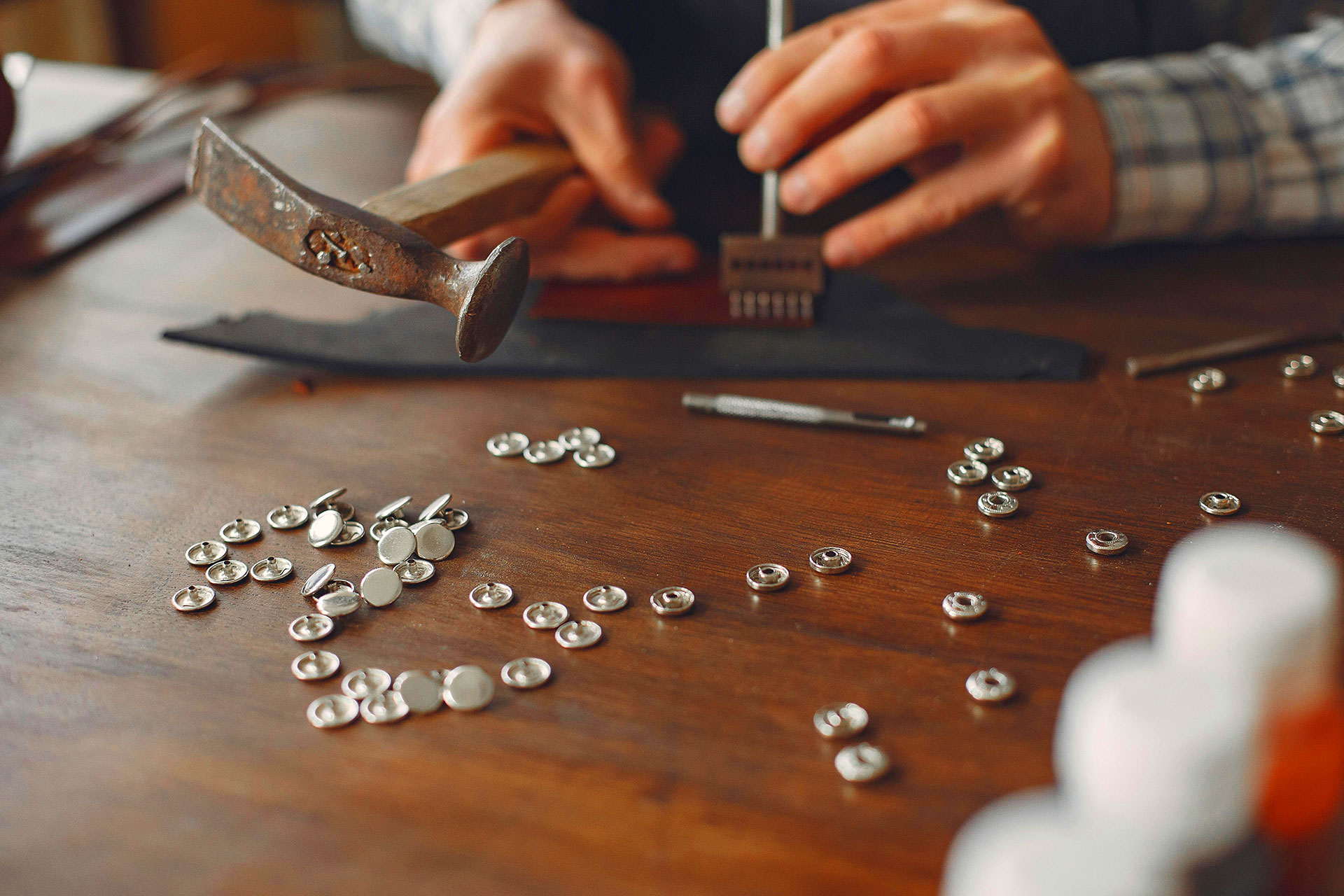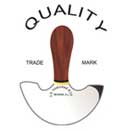
28 Jul Why Your Leather Tools Should Be as Tough as Your Leather
Leather is strong. That’s why we love it. It resists wear. It ages with grace. It holds its shape under pressure and forms with precision when coaxed just right. But here’s the thing, leather isn’t forgiving. It doesn’t tolerate sloppy cuts, dull edges, or tools that give out halfway through a project.
If your tools can’t match the strength of the material, they’re not tools. They’re obstacles.
Durability Isn’t a Bonus, It’s a Requirement
Every cut in leather is permanent. Every stitch leaves a mark. If your gear fails mid-project, it’s not just frustrating, it’s wasteful. That’s why your tools have to stand up to the same demands as the hide in front of you.
Strong tools do more than survive. They perform:
- A punch that cuts cleanly, again and again
- A knife that doesn’t chatter or drag across dense grain
- A mallet that doesn’t splinter under pressure
- An awl that glides through thick layers without flexing
These tools aren’t for display. They’re for work.
When Tools Give Up, Your Project Pays the Price
It doesn’t take much, a misaligned edge, a dulled blade, a loose rivet setter, and suddenly, your project unravels.
Not all mistakes come from inexperience. Many come from tools that simply aren’t up to the task. They slip when they should guide. They bend when they should bite.
And while leather lasts for decades, a cheap tool might barely last the weekend.
Quality Tools Age with You
The best tools don’t break down, they break in.
Over time, they mold to your habits. They wear where your hands press. They develop character alongside your work. There’s a kind of relationship that forms, quiet and unspoken, between maker and tool.
If your leather will live for years, shouldn’t your tools grow with it?
What Tough Tools Actually Look Like
They’re not always flashy. But they’re always dependable. Look for signs of strength in craftsmanship:
- Forged or machined steel, not cast or flimsy alloys
- Handles that won’t split, even under moisture and stress
- Edges that hold sharpness under heavy use
- Balanced weight that feels steady, not clumsy
Toughness isn’t about how hard a tool looks. It’s about how well it holds up, through every project, every strike, every season.
Conclusion
You wouldn’t choose weak leather for a saddle. Or thin stock for a belt. So why put your trust in tools that can’t keep up? If you expect your leatherwork to stand the test of time, your tools need to be built from the same mindset, durable, precise, and ready for whatever challenge the craft throws at you.
Tough leather deserves tough tools. Simple as that.


